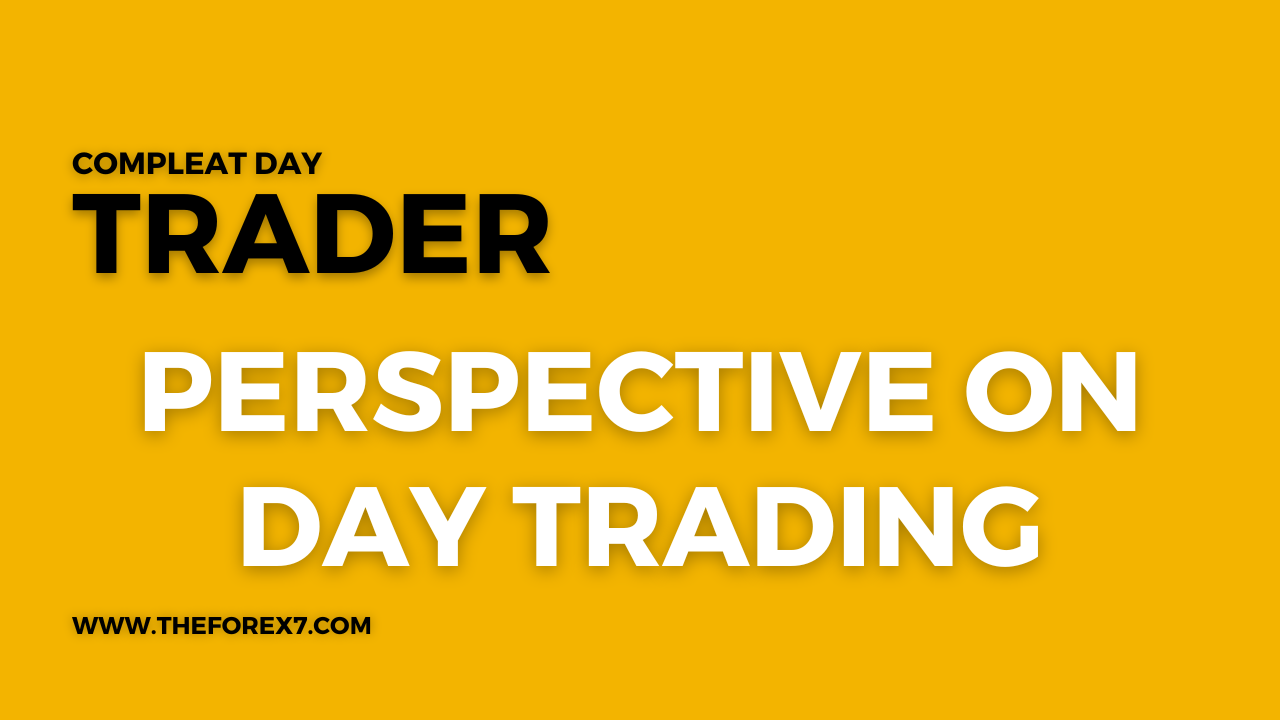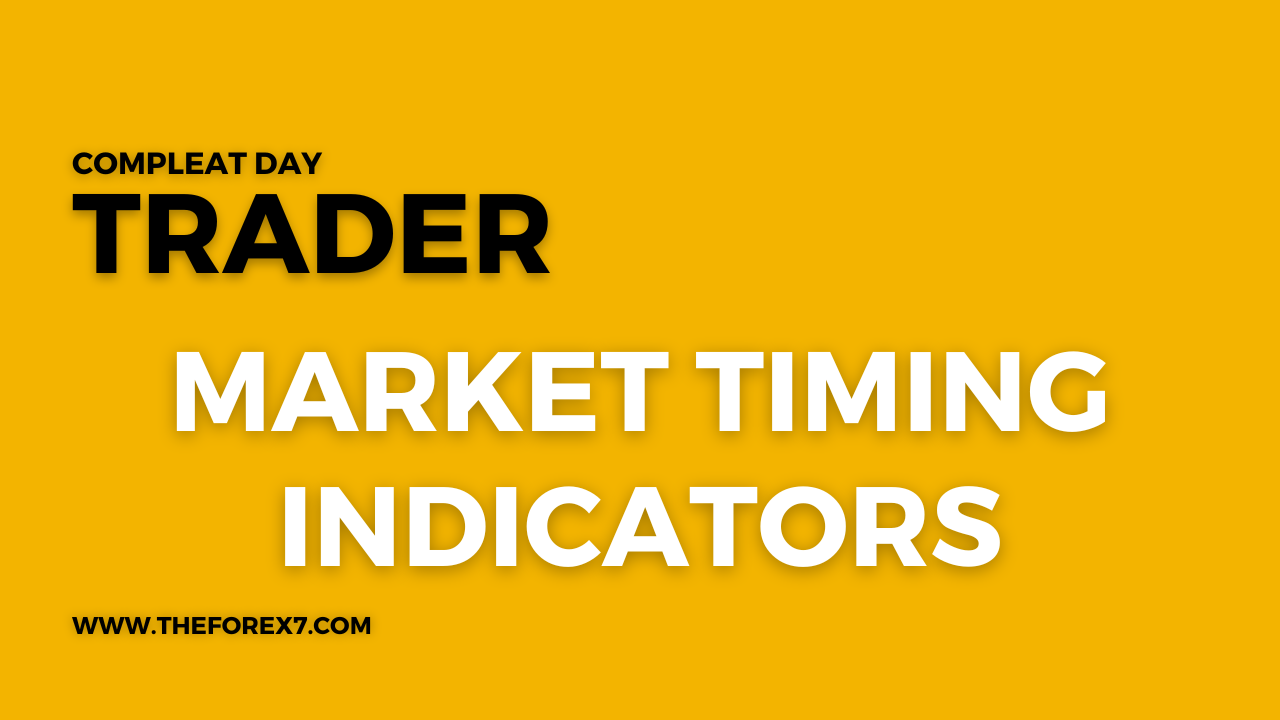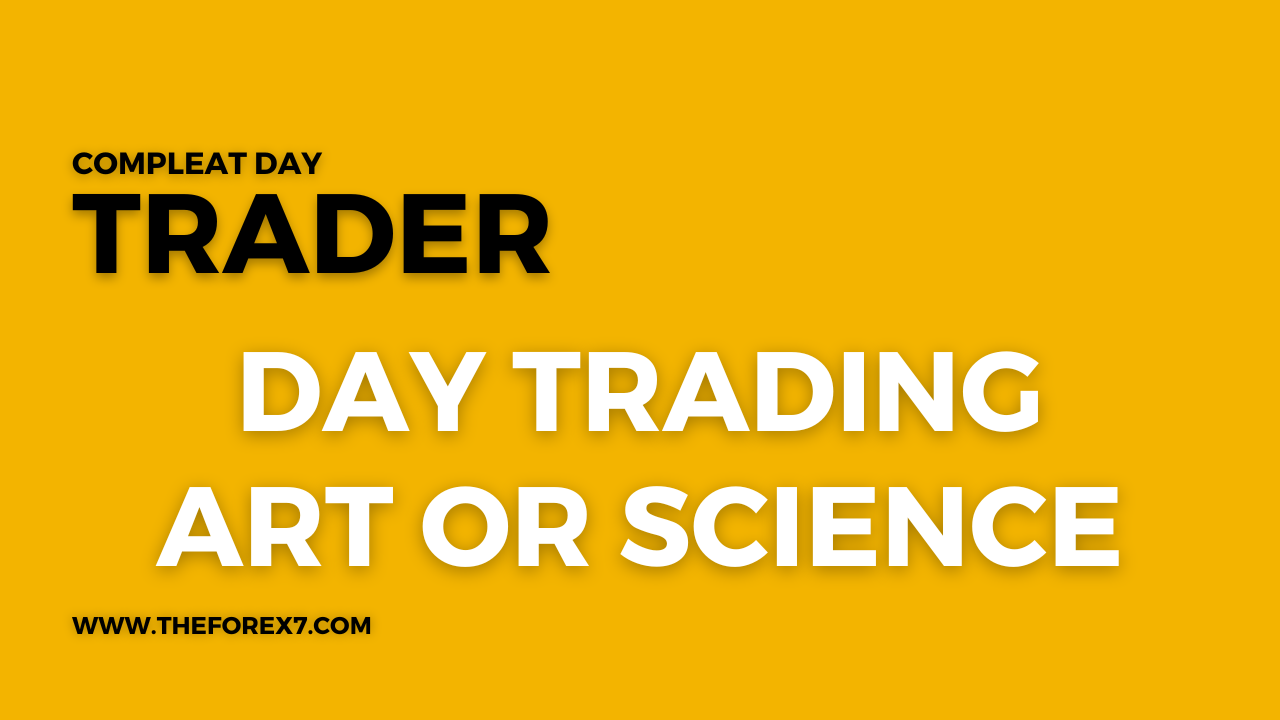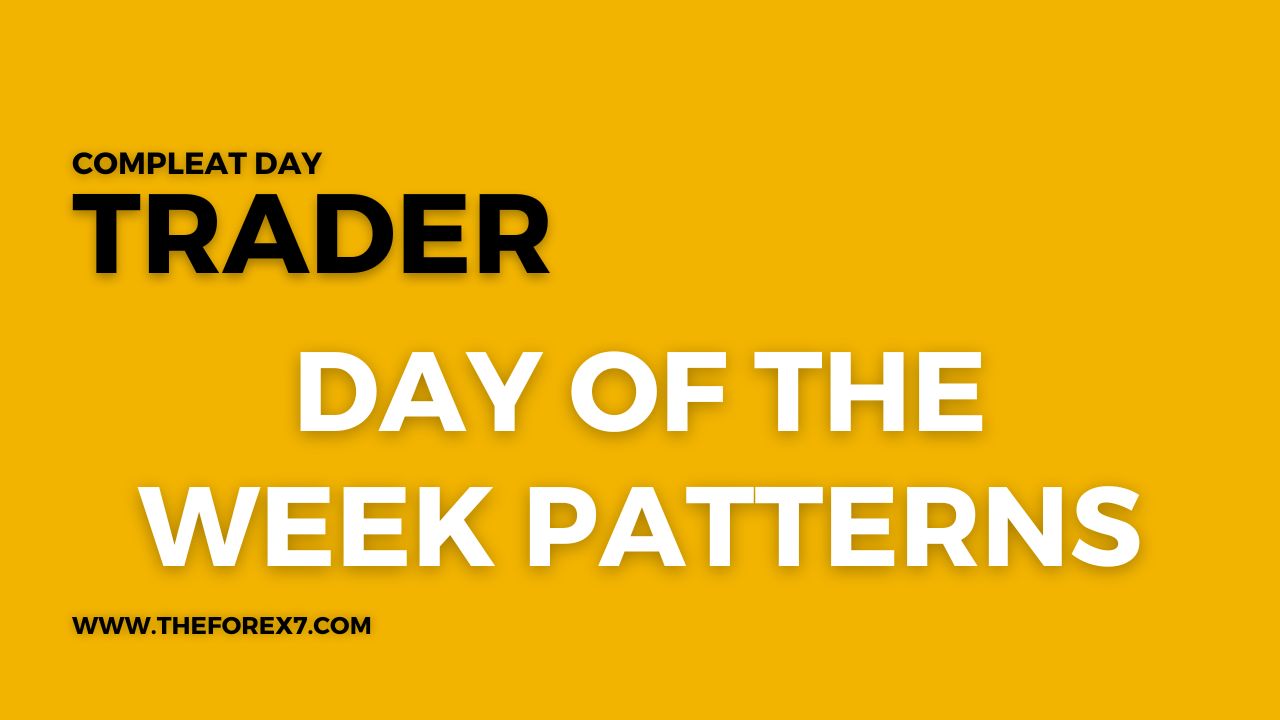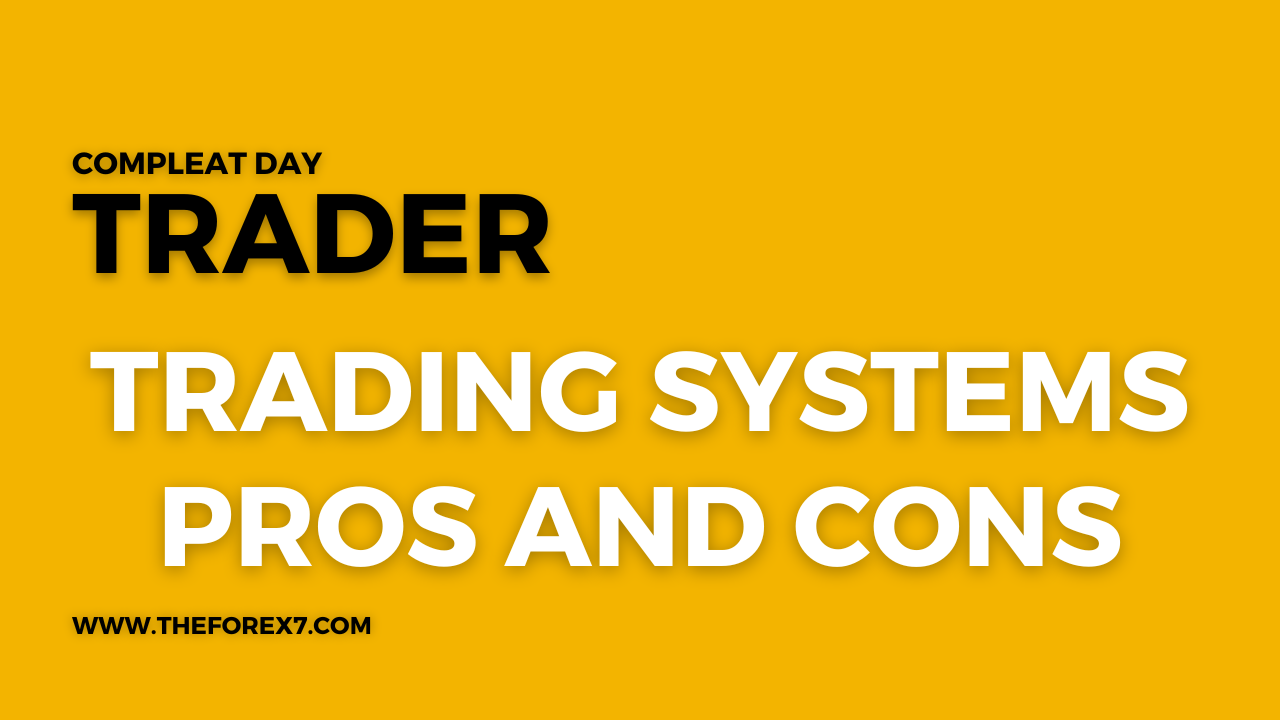What Markets to Day Trade
Trading Volume, Volatility, Double-Edged Sword, Day Trade, Commodity, Spreads
Course: [ THE COMPLEAT DAY TRADER II : The Compleat Day Trader ]
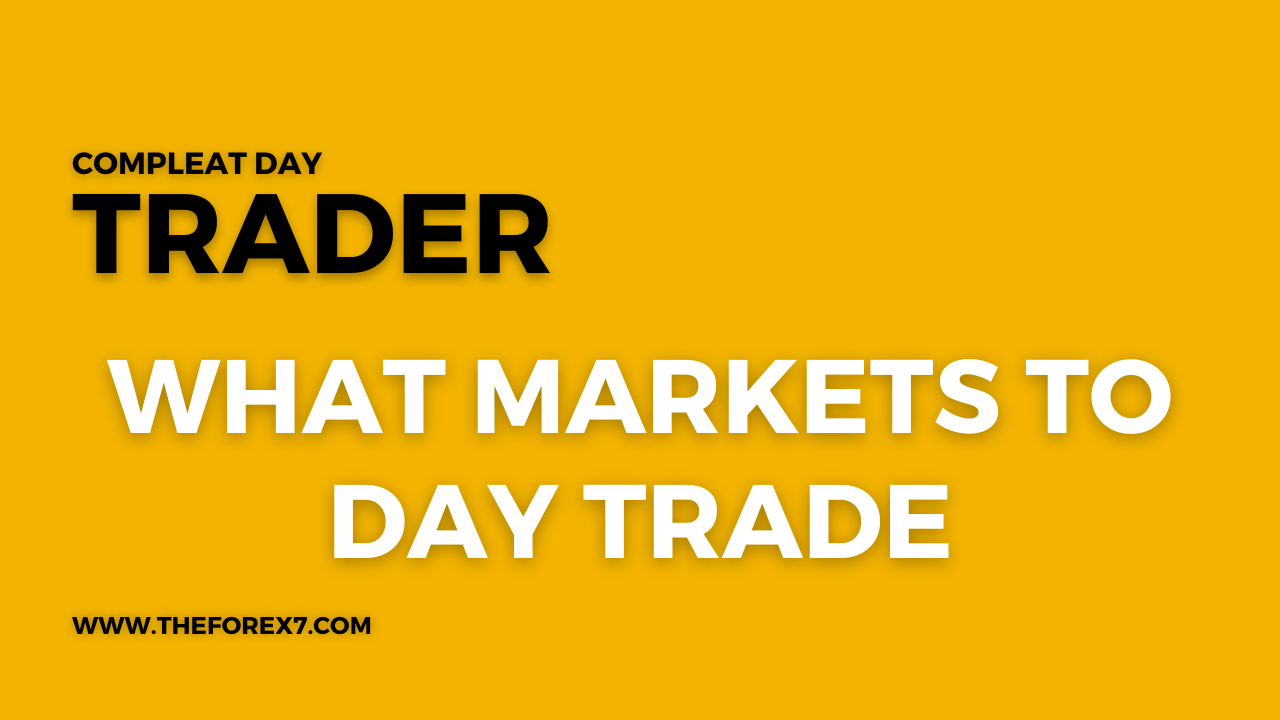
They must be actively traded markets, and they must have fairly large daily trading ranges. In other words, part of the formula for success as a day trader is knowing which markets to trade.
What Markets to Day Trade?
The reasonable man adapts himself to the
world; the unreasonable one persists in trying to adapt the world to himself.
Therefore all progress depends on the unreasonable man.
SHELLEY
In order for the day trader to succeed, it
will be very important to trade markets that have two essential
characteristics: They must be actively traded markets, and they must have
fairly large daily trading ranges. In other words, part of the formula for
success as a day trader is knowing which markets to trade. Essentially, the day
trader must restrict his or her trading to markets that have high volatility.
Although these markets that are best suited for day trading will not always
remain constant, there are ways the trader may ascertain which markets are the
best ones to trade at any given point in time.
Here are some guidelines to use in selecting
which markets are ideally suited for the purpose of day trading. You will note
that I essentially use two parameters: trading volume and volatility.
Trading Volume
The first consideration of the day trader
should be the number of contracts that are traded daily. In some cases it will
be very clear which markets are the most active. Markets such as the
currencies, interest rate futures, and stock index futures will likely remain
among the most active for many years to come. However, from time to time as a
result of changes in fundamental market conditions, various markets may become
more or less active. In the event of drought, for example, the grain and
soybean complex markets would become highly active and therefore suitable for
day trading. Some markets such as orange juice futures that are normally
inactive can become heavily traded during periods of frost and freeze. Such
situations when they arise will require that you use your best judgment as to
whether day trades are feasible at that time. Ultimately it will always be up
to the individual trader to determine whether a market has sufficient trading
volume for the purpose of day trading.
In order to assist you in making your decision
about which markets to day trade and which markets to avoid in day trading,
this section will provide a number of guidelines. Note that none of these are
written in stone. Unfortunately, there will always be some degree of judgment
that may be involved in making the ultimate decision as to which markets should
be traded. Determining a priori all circumstances and conditions that may arise
in the future is impossible. Therefore, experience will truly be the best
teacher in the final analysis.
In terms of trading volume it's always best
to look at the number of contracts actually traded in the contract month that
you wish to trade. Please note that the individual number of contracts traded
for a particular delivery month is significantly different than the total
volume traded for the entire commodity. Treasury bond futures, for example, may
show a total volume of 847,000 contracts traded on a particular day; however,
the actual volume in the active or nearby contract month may only be 200,112
con-tracts. While this example illustrates the significant difference between
total volume and actual volume for the contract month, the situation in this
case would clearly make a lead contract month suitable for day trading. In
another situation, however, the lead contract month may not show sufficient
trading volume, since most of the activity may be occurring in the back months.
As a general guideline I prefer to day trade
markets that have a minimum of 10,000 contracts traded daily in the lead
months. Please note that this is a general guideline. In some situations such
as coffee futures (as of this writing), trading volume does not meet this
minimum criterion; however, the market is still reasonably suited for day
trading, provided one follows specific guidelines regarding the use of order
entry that may minimize possibly deleterious effects of low trading volume.
Clearly, the best markets to day trade will
not always be the same period. As of this writing (1998), the most active and
the most readily day traded futures markets based on trading volume alone are
as follows:
- S&P 500
- Treasury bonds
- Crude oil
- Heating oil
- Swiss franc
- Deutsche mark
- British pound
- Japanese yen
- Soybeans
- Coffee
Please note that I have included coffee here
in spite of the fact that trading volume does not usually meet the minimum
criteria I have indicated above. My reason for including coffee is because it
is a market with considerable volatility a vast majority of the time. In this
case I am making a decision to place volatility ahead of trading volume.
You may find it interesting to know that the
opposite situation occurs in Eurodollar futures. This market trades very
heavily in terms of overall trading volume; however, the intraday moves are
relatively small most of the time. This market is, therefore, not suitable for
the purpose of day trading. Eurodollar futures are, in fact, one of the most
actively traded markets in terms of trading volume. We "outside"
traders, by which I mean the off-the-floor traders, cannot successfully day
trade this market. And this brings us to our second criterion for selecting
markets to day trade.
Volatility
The second important consideration in
determining which markets to day trade is volatility. Not all traders think of
volatility in the same operational way as I do. For the purposes of this
discussion, I consider volatility to mean "large trading range"
on any given day. Preferably, the market you are considering for day trading
should have, at the very minimum, a recent history of fairly large trading
ranges. Given that dollar values for different markets are based on contract
specifications and tick value, the best way to determine volatilities to
convert the daily trading range into dollars, rather than to make comparisons
based on points.
Here are a few examples that will illustrate
my point about volatility very clearly. First, let's consider the example of
Eurodollar futures. Assume that the market trades in a range of 20 points in 1
day. In this example, a range of 20 points in 1 day multiplied by 25 dollars
per point equals $500. Deducting the cost of commissions, assuming slippage on
entry and exit, the bottom-line or net profit, assuming one could capture most
of the daily trading range, might only be 15 ticks. The end result would be a
net profit of only $375. Given that Eurodollar futures' trading range is
considerably less than 20 points, you can see that it is unfeasible to day
trade the Eurodollar futures market unless you are a floor broker.
On the other hand, consider the case of Treasury
bond futures. The average daily trading range in this market is frequently 25
ticks. At approximately $32 per tick, a 25-tick daily trading range is
approximately $900. This is a very respectable trading range for day traders
and is certainly much more palatable and workable than the $375 trading range
given in the Eurodollar example above.
The quintessence of all day-trading markets
at the time this book is being written is, of course, the S&P 500. Rarely a
day goes by without S&P trading in a range of less than 600 points. This
represents a sizable dollar amount. Clearly the S&P 500 futures market is
the preeminent day traders market. The good news is that S&P 500 futures
are not only volatile but also show large trading volume each day. It is this
combination that makes the S&P 500 market ideal for day traders.
The Double-Edged Sword
As you can clearly see, the ideal market for
day traders is the market that has both range and volatility. Both elements
must be present in sufficient degree in order to make day trading viable as
well as potentially profitable. The successful day trader, however, must always
bear in mind that volatility and trading volume constitute a double-edged
sword. While they help create day-trading opportunities, they are also
responsible for the wide trading swings that frequently cause day traders to
take losses. Volatile markets "giveth and taketh away." Just
as a volatile market will help the day trader by presenting opportunities,
volatility will also create price swings that have the potential to cause
losses by hitting your stop losses.
Changing Conditions
I indicated earlier that day-trading
opportunities may change over time as a function of different conditions,
fundamental and/or political, that may arise from time to time. Among the
conditions that may create trading opportunities in relatively quiet markets
are such things as weather, political events, armed conflict, and, of course,
changes in fundamental economic conditions. Consider the following examples:
Orange
Juice. This is a market
that normally trades very lightly. Certain events—frost and freeze scares, for example—can result in a substantial
increase in both market volatility as well as trading volume. When this
happens, the normally quiet OJ market becomes very active—even to the extent that it can be used for
the purpose of day trading. In such situations the experienced day trader will
watch closely for signs that conditions are about to change, resulting in a
return to the usually thin market conditions.
Coffee. The coffee market has for many years been
subject not only to significant price moves based on weather, but it has also
been a highly political market, subject many times to the actions of coffee
cartels. When such conditions have arisen, coffee futures have become highly
volatile, frequently making moves of well over 500 points per day. At $375 per
100 points, day trading coffee futures is quite viable. On the other hand, when
the news backdrop in coffee futures is rather tame, the 100- or 200-point range
makes this market unsuitable for day trading.
Sugar. Typically the sugar market trades in a range
of approximately 20 points per day. Since the tick value of sugar futures is
$11.20, a 20-tick trading range per day is insufficient for day traders. Hence,
under normal conditions the sugar market is not recommended for day trading.
Weather factors, production fundamentals, demand, and inflationary pressures
can cause the daily trading range of sugar futures to expand markedly. Under
such circumstances the daily trading range can increase to as much as 60 points
per day. Even under such conditions, the daily trading range of sugar is
unlikely to exceed $1000. Therefore, it is reasonably safe to assume that the
day trader will rarely, if ever, day trade sugar futures.
Can Commodity Spreads Be Day Traded?
A topic that has received very little
attention in the past is the use of commodity spreads. Over the years I have
discovered that only a few traders truly understand spreads. In fact, I have
found that even those traders who do understand spreads have difficulty placing
spread orders, lacking understanding of the technical aspects of spread trading
and the knowledge that is required to trade spreads. This is truly unfortunate,
since I consider commodity spread trading to be one of the highest-probability
and most reliable aspects of the futures trading.
Experienced commodity traders are well aware
that most commodity spreads have a strong underlying seasonal basis. It is the
strong seasonal basis of most commodity spreads that makes them viable position
trading markets. On an intraday basis, however, seasonality does not apply.
Hence, no matter how strong a season-al tendency may be, it will not be
applicable for the purpose of day trading. The question is "Can spread
be traded on intraday bases using some of the technical tools contained in this
book?" In order to answer this question, we must first determine
whether the spreads we wish to day trade meet the two criteria we have already
discussed in this chapter. Specifically, is the spread volatile and does the
spread have sufficient trading volume to permit viable and effective day
trading?
The first issue, volatility, is easily
answered by examining the entry day-trading range of the area's spreads. In so
doing we find that there are certain spreads that appear to meet the volatility
prerequisite for day trading. At the time of this writing, a number of
currency, interest rate, and grain/soybean complex spreads meet this criterion.
Remember that the ideal markets for day trading spreads will change over time.
Please refer to my discussion above for details regarding such changes.
The issue of trading volume, which is also
important in determining what markets to day trade, is not easily determined
for spreads. Since a commodity spread is not considered a countable trade in
terms of volume statistics, it is impossible to know for certain how many
commodity spreads of a given type are being traded. As a general rule, it is
not unreasonable to assume that large trading volume in the underlying
individual contract month or markets will correlate strongly with large trading
volume in the spread. Ultimately, however, the individual trader will need to
decide which spreads to trade.
Recommended Spreads for Day Trading
Here is a list of spreads that are currently
active and therefore viable for day trading. Please note that these spreads
will not always be sufficiently active for the purposes of day trading.
The
Swiss Franc versus D-Mark Spread. This has been a reasonably active spread for many years. Since the
relationship between the Swiss franc and the Deutsche mark is not only a
closely watched spread but also a very active one, it is quite suitable for the
purposes of the day trader. Depending upon the fundamental relationship between
the two markets at any given point in time, this spread can be relatively tame
or highly volatile. I suggest using the same price range and volume criteria in
order to evaluate this spread.
The
Swiss Franc versus Japanese Yen Spread. This spread has also enjoyed a lengthy history of volatility, as
well as considerable trading volume. It is therefore highly suitable for day
trading. A word of caution is strongly recommended at this point. Because of
the volatility in this spread, I urge you to use specific price orders for
entry and exit. By using specific orders, you can avoid considerable problems,
as well as losses and poor price executions.
The
Swiss Franc versus British Pound Spread. This spread has not been as volatile as the two previously
described. Although there have been times during which this spread has been
extremely volatile, there have also been periods of relative dormancy. It is
therefore imperative that you trade this spread only during times of high
volume as well as volatility. Use the factors previously cited in order to
evaluate these conditions. As in the case of most spreads, I strongly recommend
using specific place orders for entry and exit.
Soybeans
versus Corn Spread. Here
is yet another spread that tends to alternate between periods of volatility and
periods of relative dormancy. Typically, the times during which this spread is
sufficiently active for trading are when weather conditions during the planting
season and the harvest season affect crop development. Carefully consider and
evaluate the trading range in this spread before you determine whether to day
trade it.
Wheat
versus Corn Spread. As in
the case of the soybean versus com spread, the wheat versus com spread also has
periods of relative quiet and relative volatility. These are most often
associated with fundamental conditions such as weather, harvest, planting, and
import/export business. Do not rule this spread out as a viable day-trading
vehicle, but be certain to trade it only when both markets are volatile.
Energy
Spreads. In addition to
the spreads cited above, the energy spreads tend to be good vehicles for day trading.
In particular, heating oil versus, unleaded gas versus heating oil, unleaded
gas versus crude oil, and natural gas versus any of the petroleum complex
markets tend to be volatile spreads.
Summary
This chapter discussed a number of guidelines that should be used in determining which markets to day trade. Specific rules were given. The possibility of day trading spreads was also discussed in detail. I indicated that there are a number of spreads that can be day traded. I have not addressed technical tools for the purpose of day trading spreads. These are discussed in other chapters.
THE COMPLEAT DAY TRADER II : The Compleat Day Trader : Tag: Fundamental Analysis, Forex Trading : Trading Volume, Volatility, Double-Edged Sword, Day Trade, Commodity, Spreads - What Markets to Day Trade

